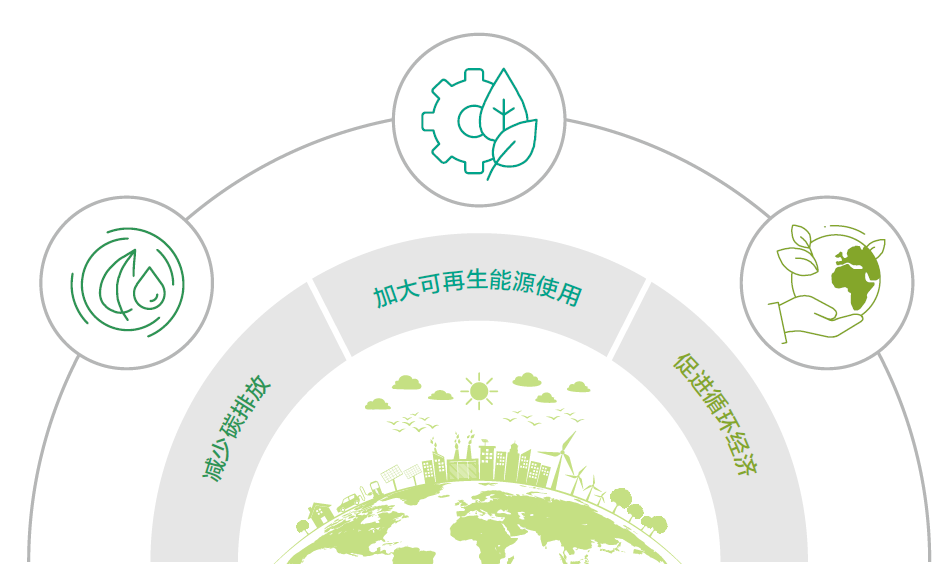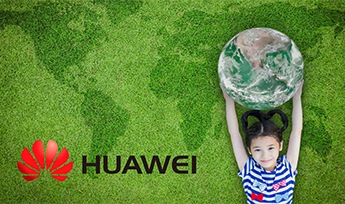Huawei Works with Suppliers to Build a Greener Supply Chain
Huawei has incorporated environmental protection requirements into its procurement strategy and end-toend procurement process, including supplier qualification, selection, review, performance management, and material selection. We aim to ensure compliance with all applicable environmental laws and regulations, encourage suppliers to make continuous improvements through our sourcing strategy, and build a competitive and green supply chain.




























